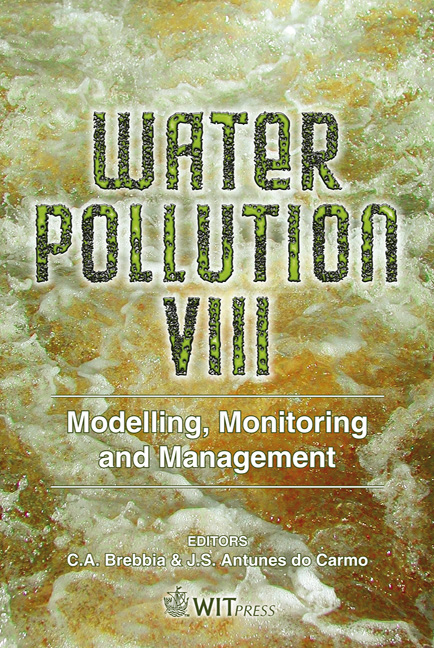Marine Environment Monitoring In Coastal Sicilian Waters
Price
Free (open access)
Transaction
Volume
95
Pages
10
Published
2006
Size
815 kb
Paper DOI
10.2495/WP060341
Copyright
WIT Press
Author(s)
G. Zappalà, G. Caruso, F. Azzaro & E. Crisafi
Abstract
Marine Coastal Monitoring is a basic instrument for the assessment of environmental quality and detection of pollution phenomena. This paper describes the evolution of instruments and techniques in the last 20 years, together with some results from national and EU funded research programmes. Keywords: pollution, monitoring, coastal areas, Escherichia coli, buoys. 1 Introduction Due to their position at the interface between land and the sea, coastal areas represent very important sites for the global equilibrium of marine ecosystems; in these areas, multiple interests converge, linked to the tourism, recreational or productive activities. In recent years increasing importance has been addressed to the protection and preservation of the marine environment, in particular of those coastal areas, which suffered greater impact from anthropogenic activities; this has in turn stimulated the start of research programs devoted to the monitoring and surveillance of these particular zones, coupling the needs for their use, and the sustainable development and exploitation of natural resources. The management and safeguard of coastal ecosystems rely on continuous monitoring of environmental parameters. Traditional oceanographic techniques, based on ship surveys, hardly fit the needs of coastal water monitoring, because of their high cost and fragmentary nature, both in spatial and temporal domains. To obtain a good sinopticity, it is necessary to complement ship observations with measurements from fixed stations (buoys moored in sites chosen to be representative of wider areas, or to
Keywords
pollution, monitoring, coastal areas, Escherichia coli, buoys.





